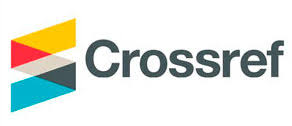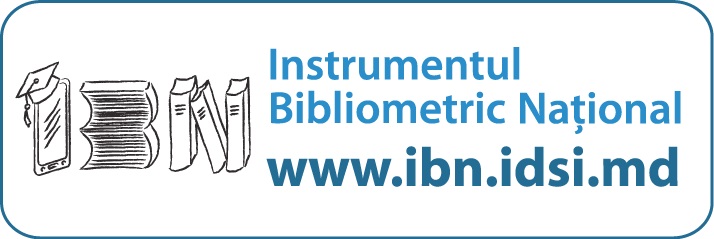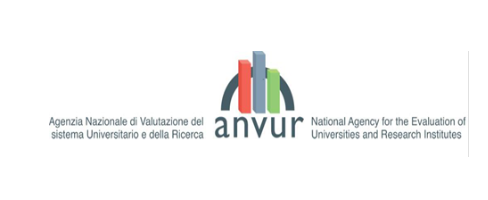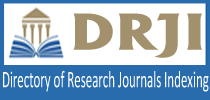COST-EFFECTIVENESS ANALYSIS FOR HPV MITIGATION STRATEGIES IN THE REPUBLIC OF MOLDOVA BASED ON INFECTIOUS DISEASE MODELLING
DOI:
https://doi.org/10.36004/nier.es.2019.2-05Keywords:
computational social science, epidemiology modelling, cost-effectiveness analysis, HPV and cervical cancer.Abstract
Human papillomavirus (HPV) is a sexually transmittable virus infection, which is a necessary risk factor for developing cervical cancer, first killer for working women in Moldova. Since 2018 Moldova has modified the screening program and the vaccination program (mainly funded externally). To assess the performance of the mitigation policy we propose the cost-effectiveness analysis according to 2 already implemented strategies. (1) Vaccination of a single age-cohort, although vaccinating a single cohort may not have a substantial effect in other countries with distinct socio-economic situation. (2) Transition to more technologically advance screening ecosystem (changing from Romanowski to Pap smear), which might not necessary be cost-efficient in low resource settings (if GDP per capita doesn’t grow substantially at the same time). (1) We verified that single cohort vaccination is both cost-beneficial (total costs reduction will balance intervention costs around the year 2040) and cost-efficient (with incremental impact in 20 years perspective on the level of 2300 EUR/QALY). Moreover, we found out that single year cohort is more beneficial than 5-years cohort vaccination scenarios in our mathematical model. This behaviour could be explained by a transitional situation in Moldova (HPV epidemic is near outbreak threshold), still small changes of model parameters and initial conditions could cause strong effect in the epidemiology. However, a definitive answer cannot be given with the chosen methodology. (2) Transition between Romanowski -> Pap smear cytology in screening benefits unquestionably in epidemiology e.g. due to a higher specificity. However, further maintenance and higher procedure costs could exceed treatment costs, hence intervention costs would gather an unacceptable share of national resources that are limited and that are dedicated to public health.















